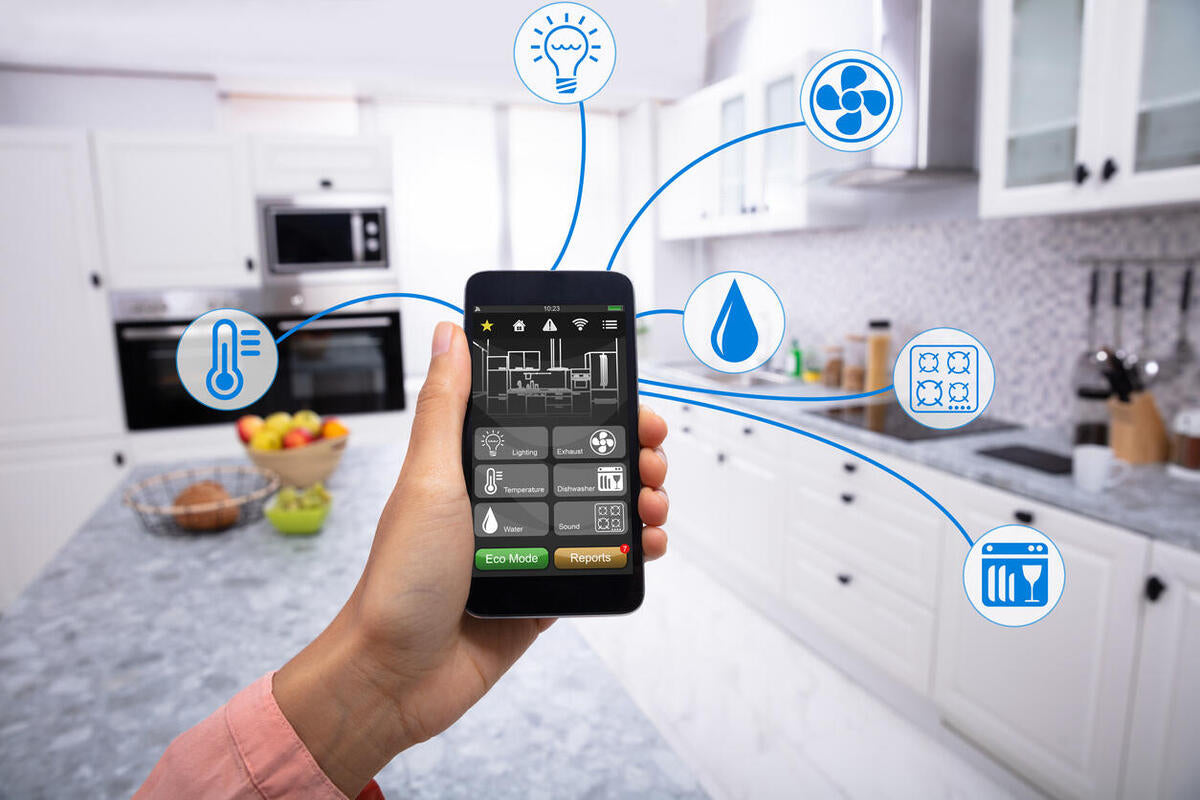We often think of home automation in the context of security and energy efficiency. Convenience is another benefit. But for one core group of people, home automation is the key to independent living: the disabled. Home automation for the disabled is enhanced when voice control is part of the equation.
It is not a stretch to say that voice control makes home automation more accessible. Consider any number of disabilities that might make it difficult for a person to live independently. If the majority of a person’s challenges can be addressed through home automation, that person needs to depend less on others. Voice control can play a role in that.
Hands-Free Control
Vivint, a nationwide leader in home automation, explains that voice control is managed through smart speakers or devices like smartphones and tablets. Placed strategically throughout a home, they offer hands-free control of most of the devices in a home automation system. Think about what hands-free control could mean to people with certain types of disabilities.
Imagine a person who struggles to walk. A wheelchair is part of that person’s daily existence. Moving through a dark home is not only difficult, but it can also be dangerous. But if that person can turn lights on and off with voice commands. Navigating through a dark house becomes a thing of the past.
Consider a disabled person with limited dexterity in the hands. Being able to control the thermostat by voice is huge. That person does not have to rely on someone else to ensure their comfort.
Increased Independence
There are plenty of additional examples of hands-free accessibility I could go through. However, the point is made well enough. It leads to the second point: hands-free operation increases independence. The more a disabled person can do on their own, the less they need to depend on others.
In some cases, home automation with voice control makes the difference between being able to live alone and having to live with family members or friends. That’s huge. I know from experience that independence is a game changer in the disabled community.
Voice Control and Assistive Technologies
Right now, the level of accessibility voice control offers is limited. But some very smart people are working on combining voice control with other assistive technologies. Each challenge conquered represents another step in making home automation as accessible as possible.
Here are a few examples of voice control with other assistive technologies:
- Devices for Visual Impairment – Integrating voice control with assistive technologies for visual impairment can make those assistive technologies better. Examples include screen readers, braille displays, and speech to text.
- Communication Support – Integrating voice control with a display makes it possible to transcribe spoken language into text for people with hearing disabilities. For example, a voice activated device could answer a question with text rather than audio.
- Natural Language Interpretation – One of the most exciting areas of smart home assistive technologies utilizes natural language interpretation to help people with cognitive or language barriers. Enhanced natural language interpretation still allows these individuals to communicate with their home automation devices.
Home automation still has a long way to go before it achieves complete accessibility for most disabilities. But it is well on its way. Thanks to people who want to make home automation as accessible as possible, the industry is making good strides. Voice control is at the forefront of it all.
I use voice control myself. As a partially disabled person, it makes a difference. I imagine it makes a much bigger difference for people with more severe disabilities. Simply put, voice control makes home automation more accessible.


